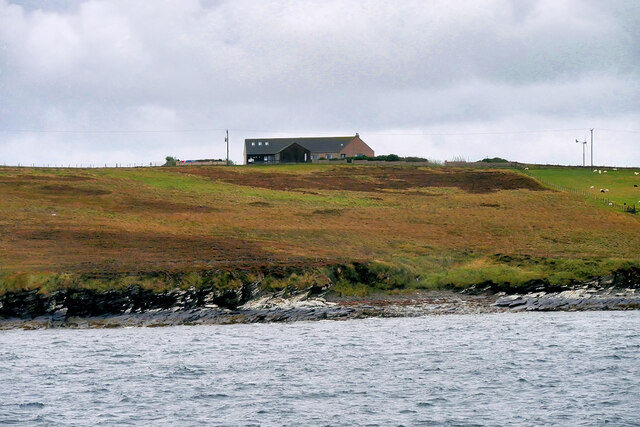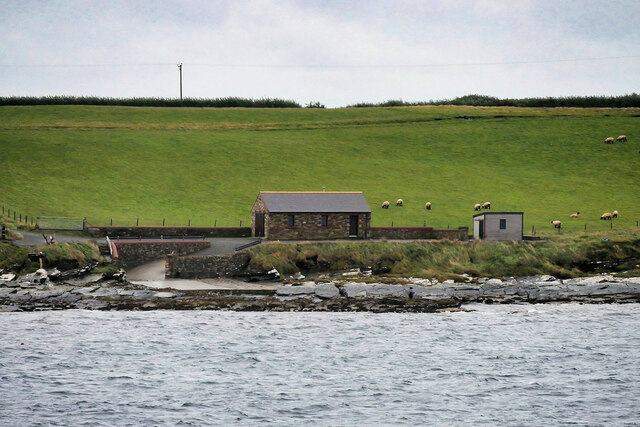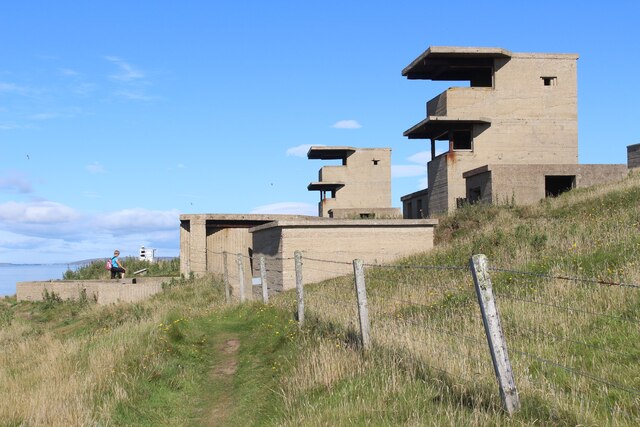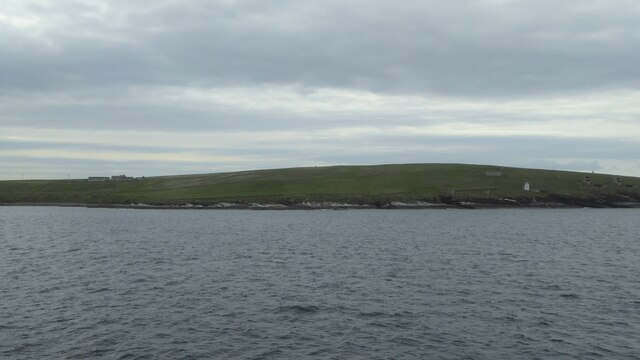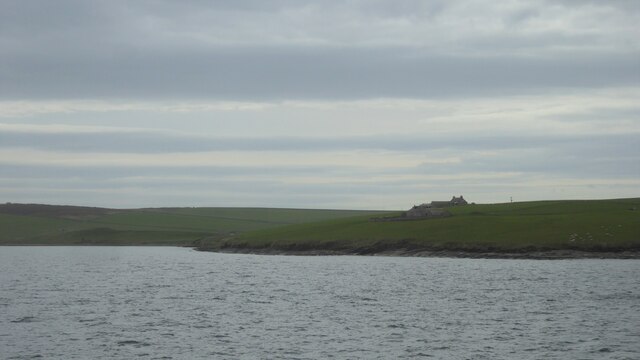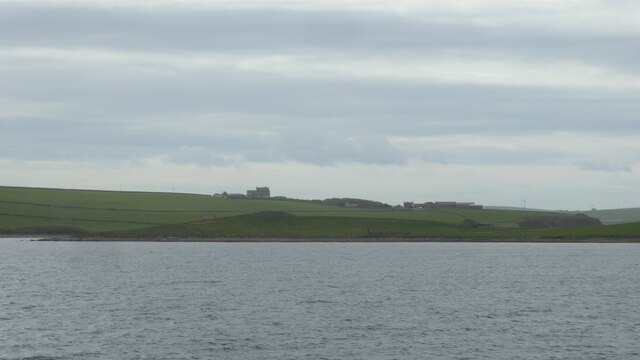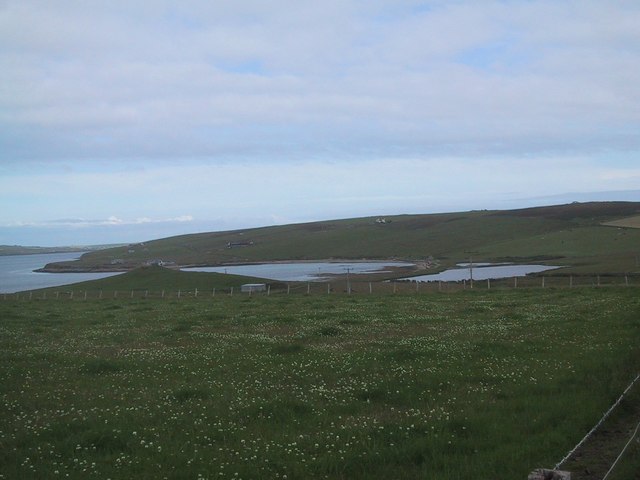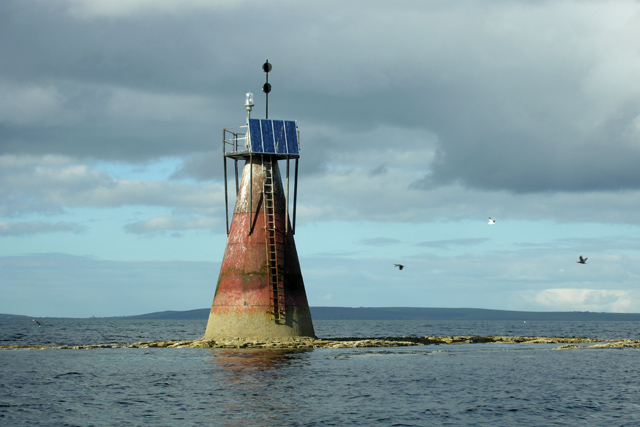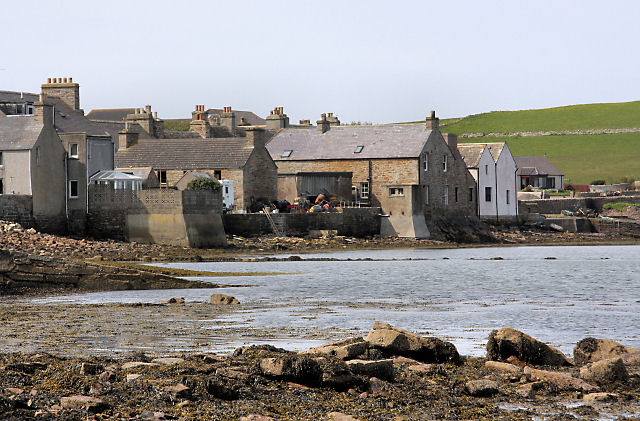The Chair
Coastal Feature, Headland, Point in Orkney
Scotland
The Chair
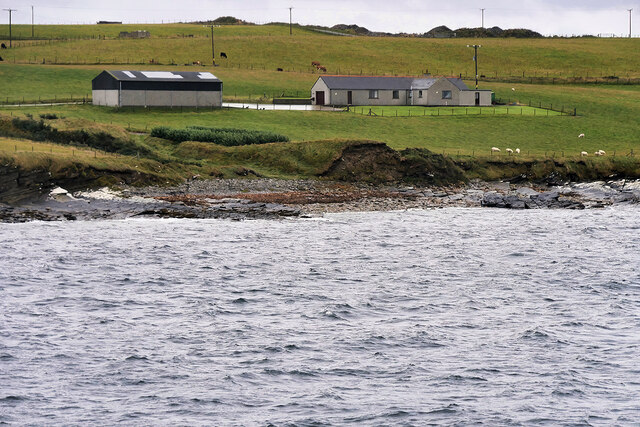
The Chair, Orkney, is a striking coastal feature located on the northeastern coast of the Mainland island in the Orkney archipelago, Scotland. This prominent headland, also known as The Gloup, is situated near the village of Deerness and stands as a natural wonder, attracting visitors from near and far.
The Chair derives its name from its distinctive formation, resembling a chair or throne, carved by the relentless forces of nature over centuries. Composed of rugged sandstone cliffs, the headland juts out into the tumultuous North Sea, providing breathtaking panoramic views of the surrounding seascape. The constant battering of the waves against the rock has sculpted the cliffs into a dramatic shape, with a large, precarious-looking rock formation resembling a seat atop the cliff.
The Chair is not only a scenic marvel but also steeped in local folklore and legends. Orcadian folklore tells the tale of a local man who, while sitting on the "chair," was engulfed by a massive wave, never to be seen again. This story has added an air of mystique and intrigue to the already captivating natural feature.
Visitors to The Chair can experience the power and beauty of the North Sea firsthand, as the crashing waves and sea spray provide a sensory experience like no other. The site is a popular destination for photographers, nature enthusiasts, and those seeking a moment of solitude amidst the raw beauty of the Scottish coastline.
In conclusion, The Chair, Orkney, is a remarkable coastal feature that stands as a testament to the forces of nature. Its unique rock formation, coupled with its rich folklore, make it a must-visit destination for anyone exploring the enchanting Orkney Islands.
If you have any feedback on the listing, please let us know in the comments section below.
The Chair Images
Images are sourced within 2km of 58.819548/-3.0205662 or Grid Reference ND4192. Thanks to Geograph Open Source API. All images are credited.
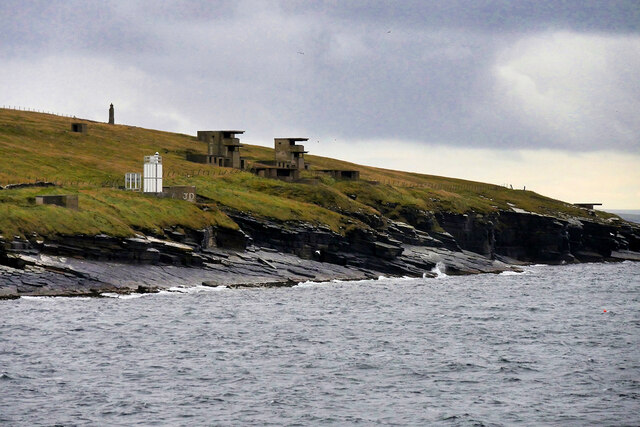
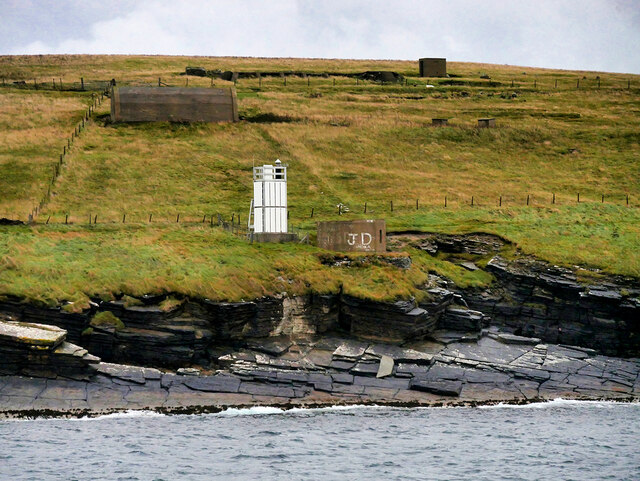
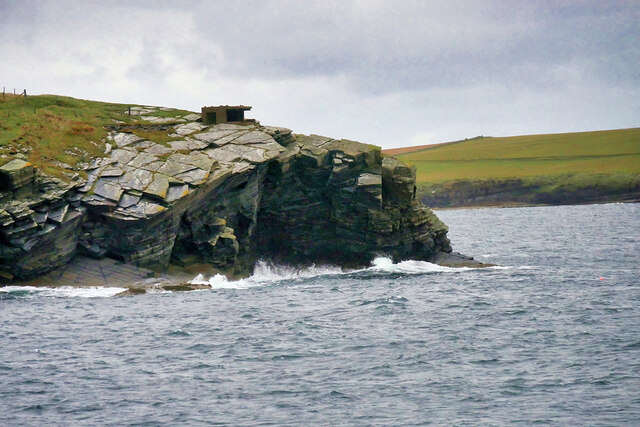
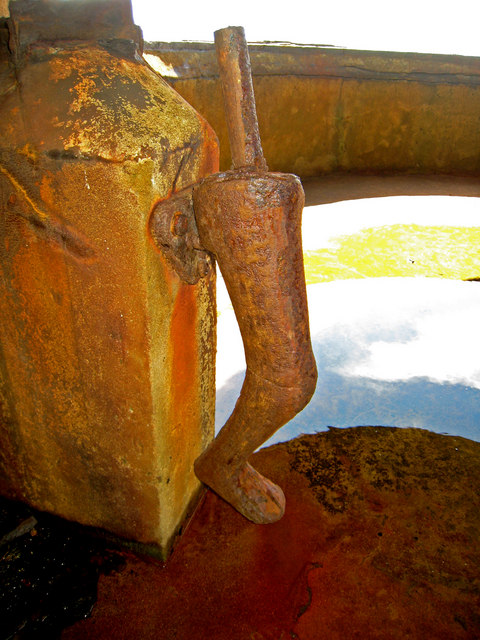
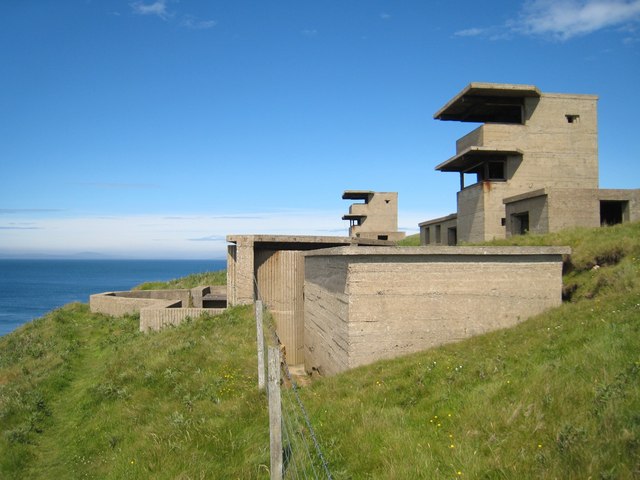
The Chair is located at Grid Ref: ND4192 (Lat: 58.819548, Lng: -3.0205662)
Unitary Authority: Orkney Islands
Police Authority: Highlands and Islands
What 3 Words
///clay.ballparks.alternate. Near St Margaret's Hope, Orkney Islands
Nearby Locations
Related Wikis
Hoxa, Orkney
Hoxa is a small settlement on the island of South Ronaldsay in the Orkney Islands north of mainland Scotland. Hoxa is located 1+1⁄4 miles (2.0 km) west...
Herston, Orkney
Herston is a village on South Ronaldsay, Orkney, Scotland, United Kingdom. Herston is historically a fishing village but its only industry to speak of...
Nevi Skerry
Nevi Skerry is a skerry situated in Scapa Flow in the Orkney Islands. The skerry is situated approximately 1 km (0.62 mi) east of Flotta and approximately...
St Margaret's Hope
St Margaret's Hope is a village in the Orkney Islands, off the north coast of Scotland. It is known locally as The Hope or The Hup. With a population...
Nearby Amenities
Located within 500m of 58.819548,-3.0205662Have you been to The Chair?
Leave your review of The Chair below (or comments, questions and feedback).
